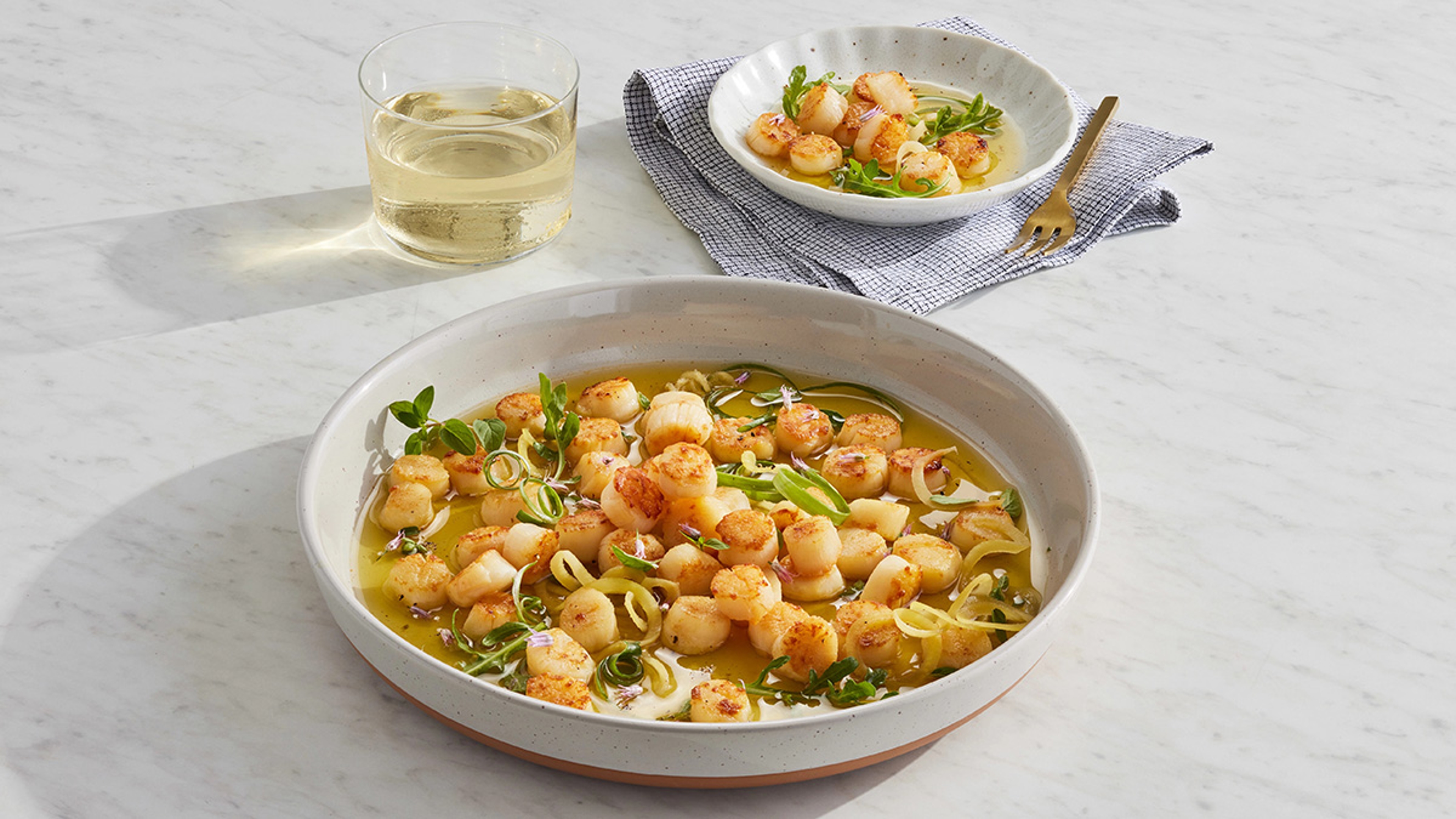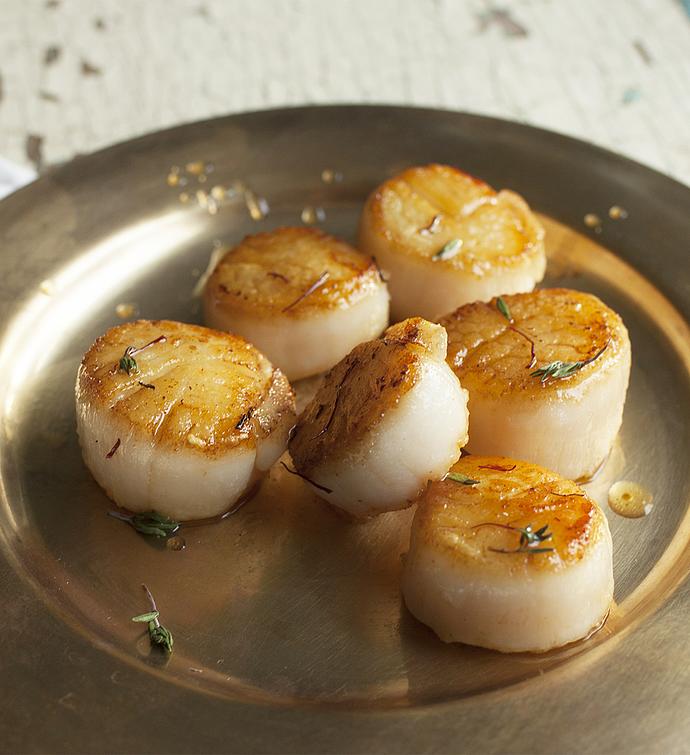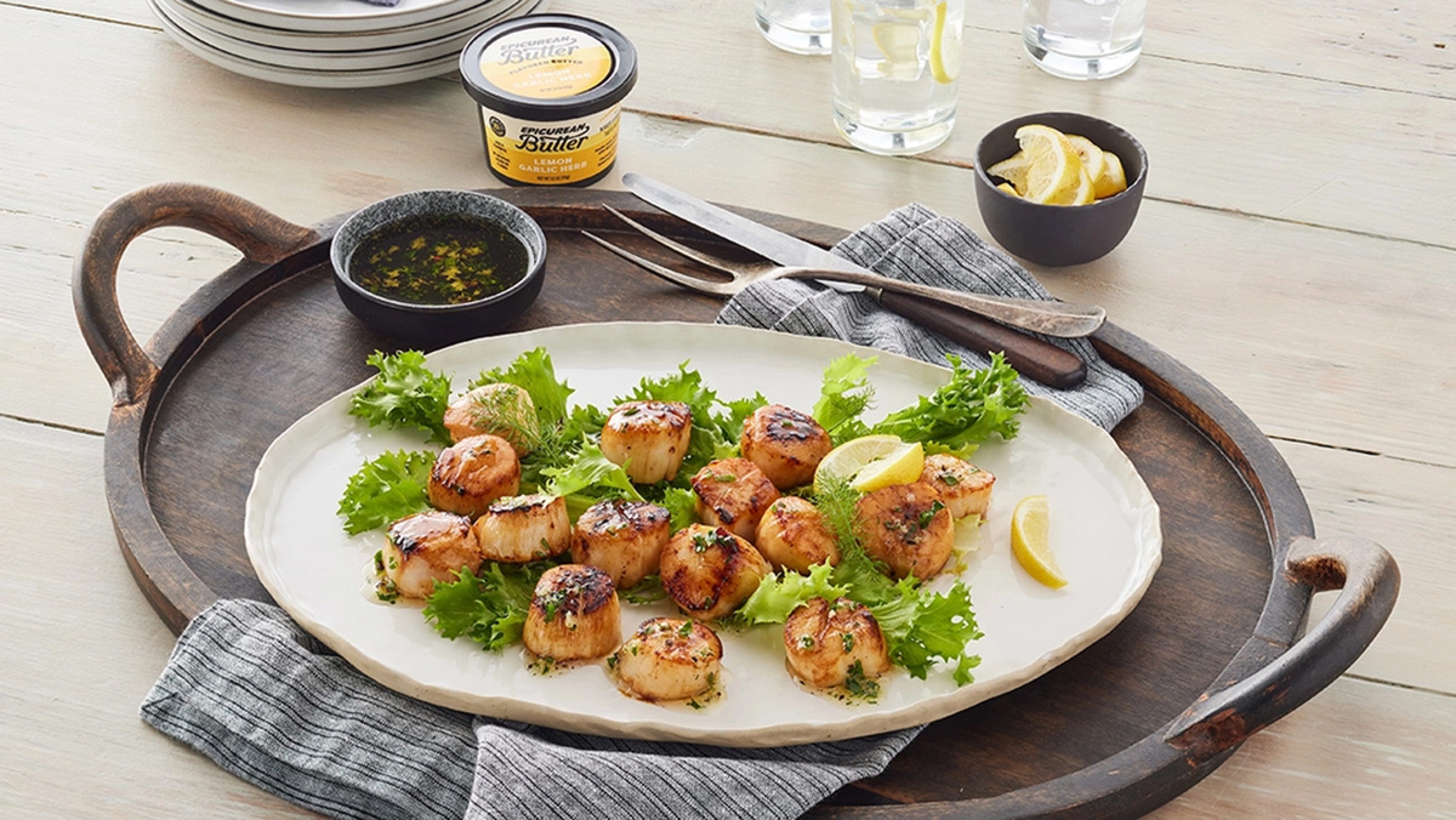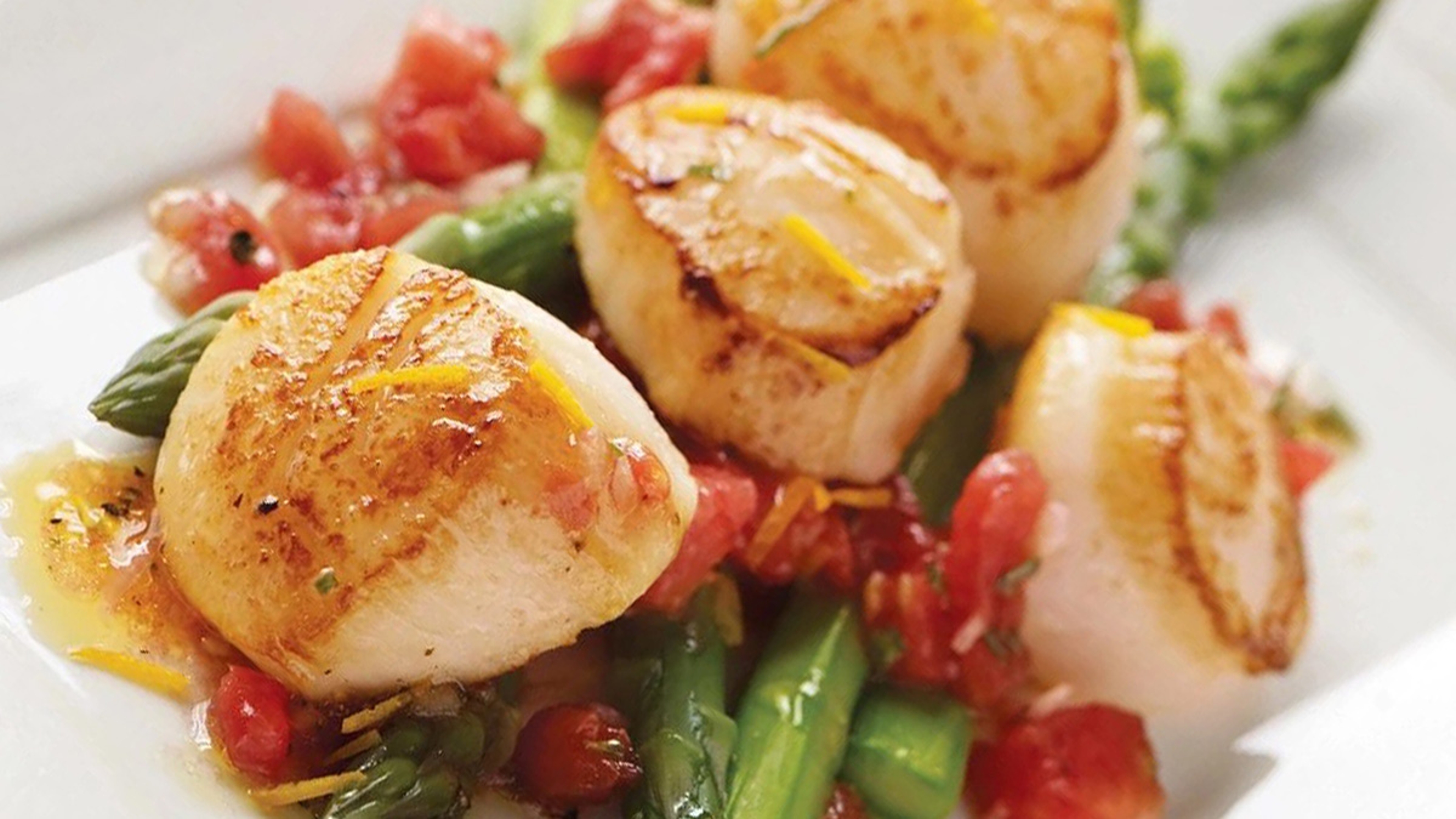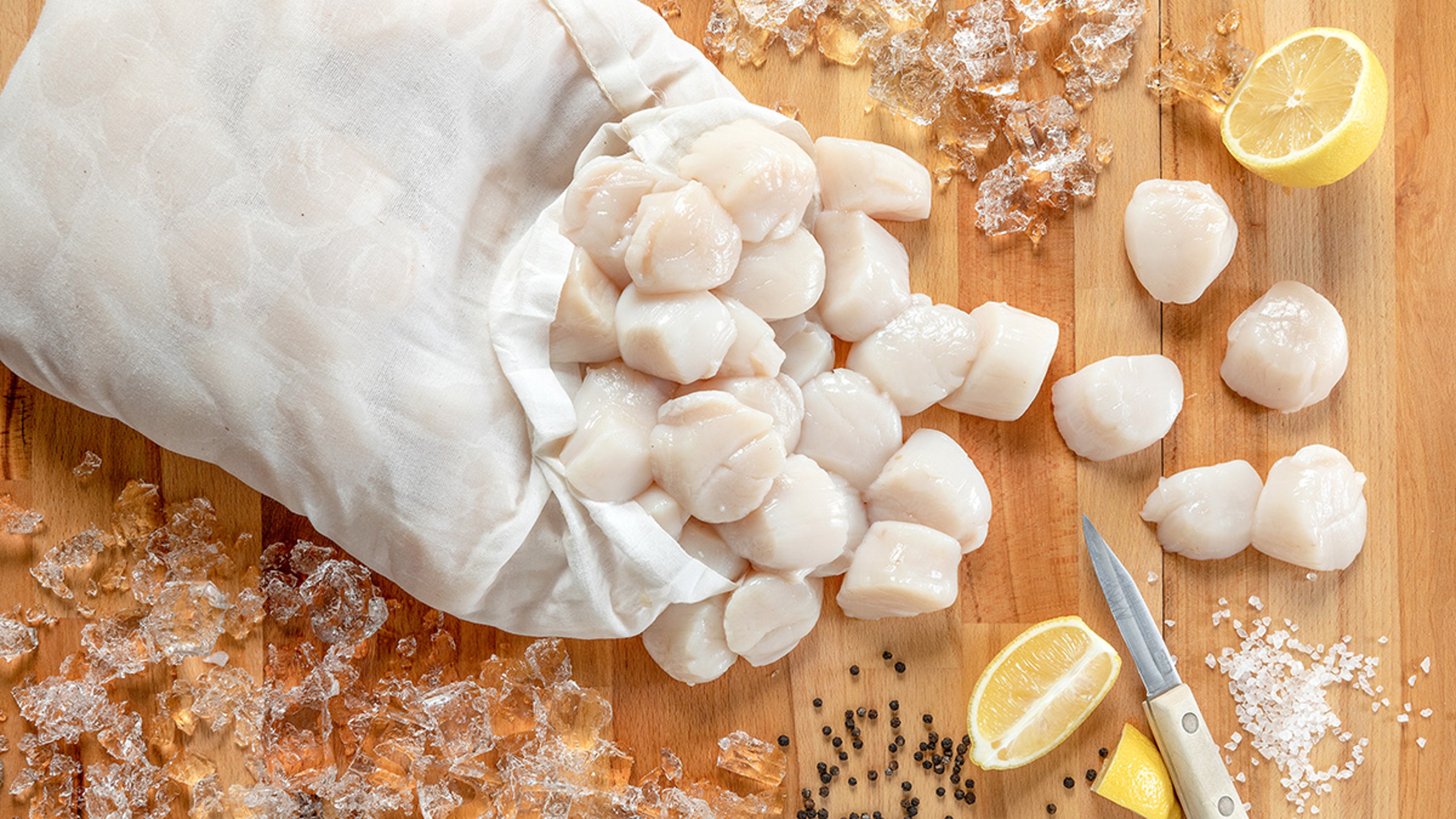23 Things You Didn’t Know About Scallops
There are 400 different species of scallops. This is going to be fun.
Sep 04, 2025
1. There are 400 different scallop species. Of them, the three most familiar at the dinner table are Atlantic, bay, and calico.
2. Atlantic sea scallops are the big, meaty catch from cold northern Atlantic waters stretching from Canada to North Carolina.
3. Bay scallops are petite and sweet from coastal seagrass beds along the Atlantic seaboard, particularly from New England down to the Gulf of Mexico.
4. And calico scallops are tiny with collectable speckled shells that you often find washed up on warm southern shores of the United States, from the Carolinas down through Florida and into the Gulf of Mexico.
5. The sea scallop’s thick, tender meat is perfect for soaking up sauces. Bay scallops, with a delicate sweetness, shine in pasta, salads, and ceviche. And tiny calico scallops are great in chowders, soups, or topped with butter and breadcrumbs and broiled.
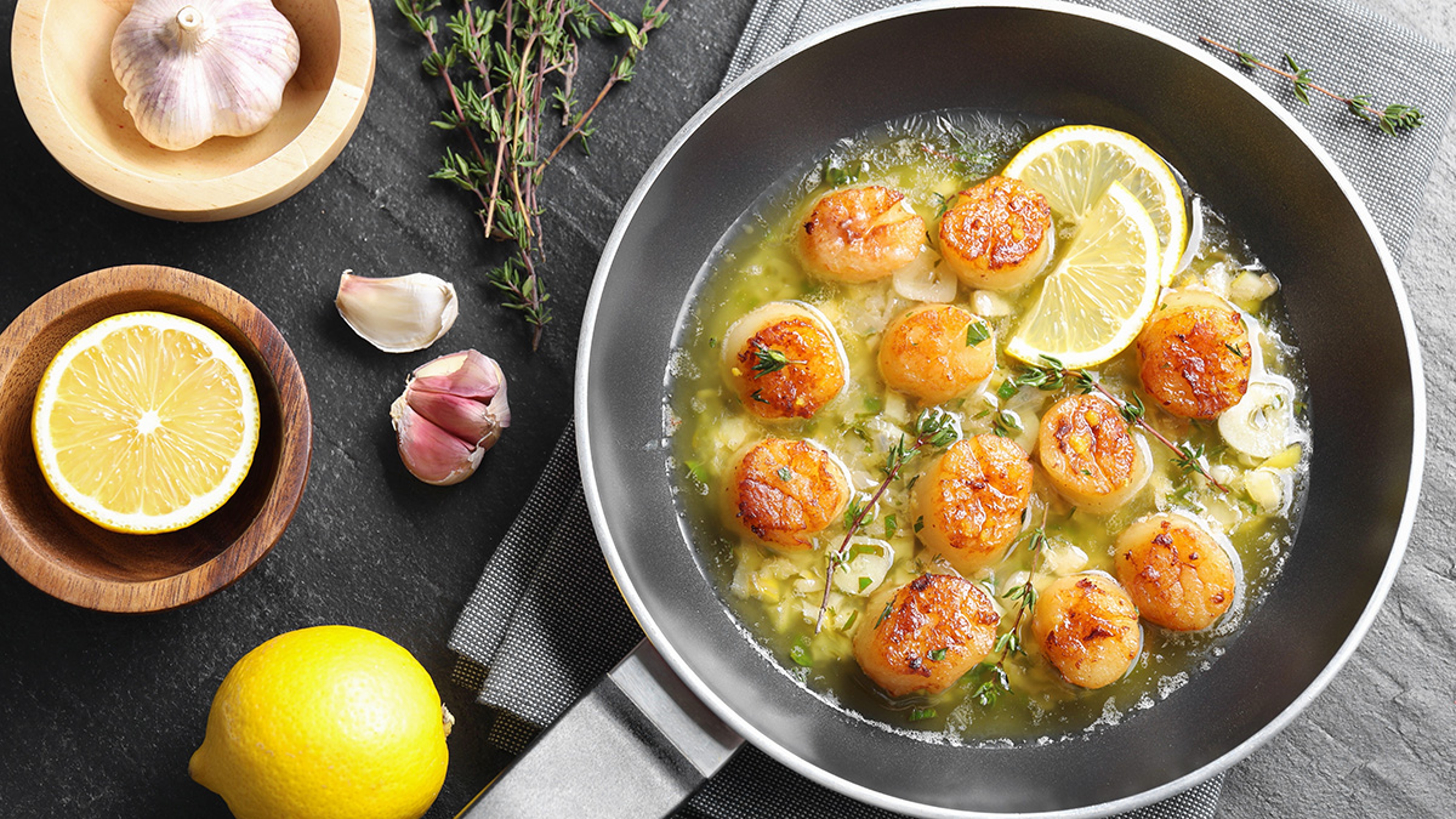
6. Diver scallops are not a type of species, but rather sea scallops that are hand-harvested one by one by scuba divers. This expensive method protects the ocean floor, yields scallops in pristine condition, and makes them a highly sustainable choice. Because they're carefully selected at peak size, diver scallops often boast a sweeter taste and firmer texture.
7. The United States has the largest wild sea scallop fishery in the world. These fisheries — commercial operations that catch scallops living in their natural marine habitats — harvest between 24 million and 60 million pounds of meat per year.
8. New Bedford, Massachusetts, is the country’s top scallop port. If you ever visit, be sure to check out the whaling museum.
9. Despite all this talk about scallops being in abundance in the north Atlantic, they thrive in the icy waters around Alaska and Patagonia’s southern coast.
10. If you’ve ever seen a scallop with a vivid orange tint, it’s a female. That glow comes from pigments in her roe — the same compounds that color saffron and egg yolks. While the orange roe can tint the abductor muscle (the meaty part we eat), the flavor stays the same. And you can enjoy the richly flavored orange roe, too.
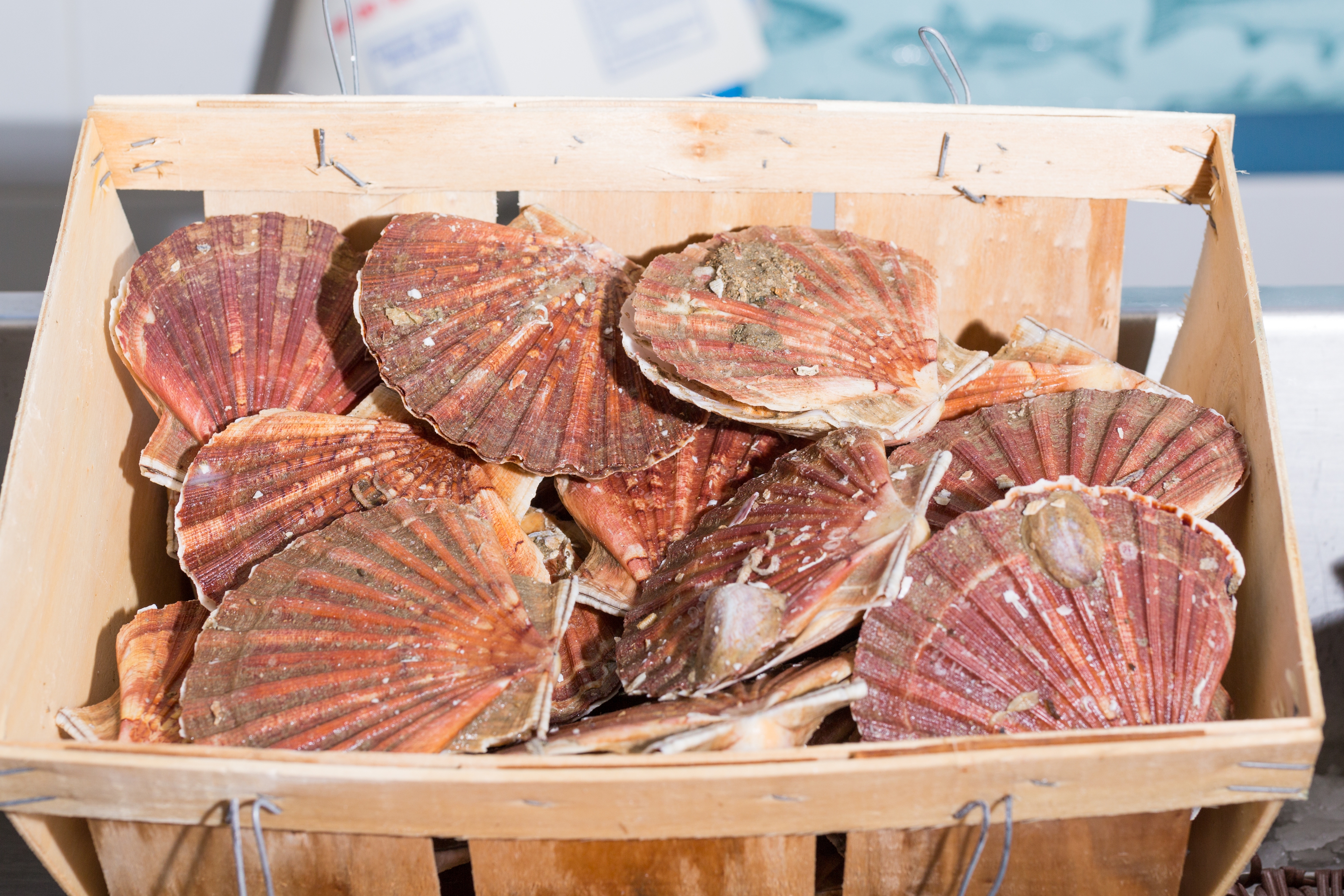
11. Scallops have up to 200 tiny, blue eyes lining the edge of their shells that work much like the mirrors in a telescope, focusing light to give scallops a surprisingly sharp view of their world. They may not be "watching" you exactly, but their eyes can detect light and movement, helping them navigate currents — and giving them a heads up when danger is near.
12. Bay scallops, like other invertebrates, are hermaphrodites. But unlike some hermaphroditic animals, they don't reproduce asexually. Instead, scallops spawn by releasing both eggs and sperm into the water, ensuring cross-fertilization and guarding against inbreeding.
13. One single bay scallop can release up to 2 million eggs! So many bay-bies!
14. You can tell the age of a scallop by counting the ridges on its shell, just like the growth rings on a tree.
15. Assuming they don't wind up on your plate, sea scallops can live up to 20 years, while the lifespan of a bay scallop is 1 to 2 years, and calico scallops live for about 18 months to 2 years.
16. Unlike mussels and clams, which use a muscular foot to crawl, scallops swim by rapidly clapping their shells open and shut, sucking in water and blasting it out through tiny openings near the hinge.
17. The earliest known scallops appeared around 240 million years ago, about the same period as the oldest known dinosaurs. Rumor has it, they were known as scallopiraptors. (Click here for more fish puns.)
18. One of the oldest scallop fossils discovered, the Chesapecten jeffersonius species, was found along the York and James rivers in Virginia. They have shells that measure larger than a human hand, or about 7 to 11 inches across.
19. Besides being large, old, and Virginia's state fossil, this scallop's species is famous because they are the first North American fossil illustrated in scientific literature in 1687, making it one of the first documented "shell-ebrities.”
20. Both sea and bay scallops can produce pearls, though only about 1 in 10,000 will ever form one. Unlike oyster pearls, which are prized for their iridescent glow, scallop pearls are rare treasures with a different kind of beauty. Made of calcite, they appear in vivid hues — the most famous are brilliant shades of orange, pink, and red "flame pearls."
21. Scallops are filter feeders, just like mussels and clams, drawing plankton, algae, and other tiny organisms from the water as it passes through their gills. But unlike its bivalve cousins, who anchor themselves to the ocean floor, scallops float freely, letting the current deliver an endless seafood buffet.
22. In prehistoric Florida, long before farming, people lived off the water's edge. On Horr's Island, on Florida’s Gulf Coast, archaeologists discovered that ancient peoples turned scallop shells (which are tough enough to withstand attacks from crabs, rays, and other hungry shell-crackers) into everyday tools for cooking, digging, and eating, such as hammers, bowls, dippers, and spoons.
23. The beauty and symmetry of scallop shells have resonated for centuries. Medieval pilgrims wore shells as pendants along Spain’s Camino de Santiago, its grooves symbolizing the many paths that all converge at one sacred destination. Early Renaissance painter Botticelli set Venus upon a shell, rising from the sea in a vision of rebirth. From noble crests to Rococo décor and today's corporate logos, the scallop shell is a symbol of beauty, faith, and transformation.

